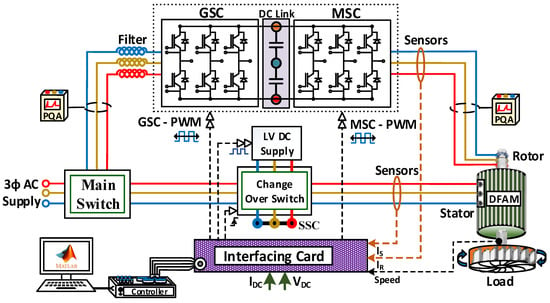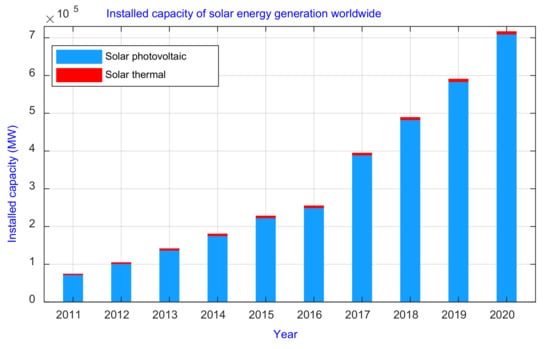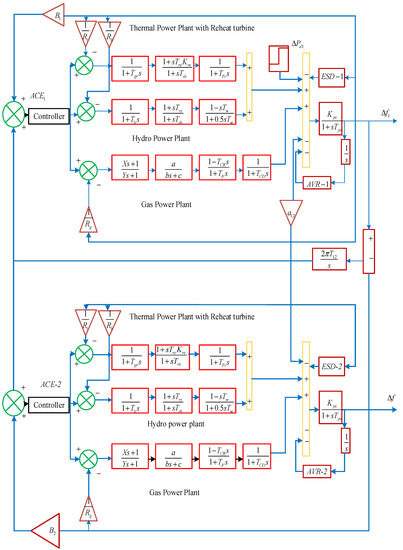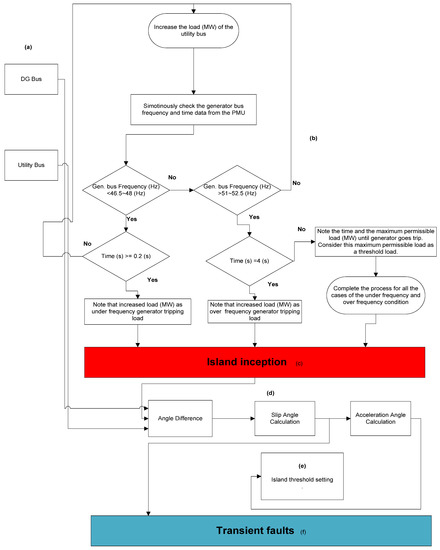Young Researchers in Electrical Power and Energy System (Closed)
A topical collection in Energies (ISSN 1996-1073). This collection belongs to the section "F: Electrical Engineering".
Viewed by 11418Editors
Interests: smart grids; energy management; power systems; demand response
Special Issues, Collections and Topics in MDPI journals
Interests: smart grids; power system control; power system dynamics and stability
Special Issues, Collections and Topics in MDPI journals
Topical Collection Information
Dear Colleagues,
We would like to invite submissions to a Topical Collection of the journal Energies on the subject of power and energy systems entitled "Young Researchers in Electrical Power and Energy System".
The structure of electrical power and energy systems is changing due to environmental concerns and energy security risks. Due to these challenges, the penetration of power electronic-based power generation and renewable energy sources has greatly increased across the globe. Such an increase has resulted in new challenges that threaten stability and security in modern energy systems. However, the smart grid concept is considered a good solution that can manage modern power systems with high shares of renewables. Likewise, the recent advances in information and communication systems, and phasor measurement units, have highlighted the ability of wide-area measurement systems in handling the stability and security issues in modern power systems. This Topical Collection focuses on the recent innovations and trends in electrical power and energy systems, to encourage young researchers to invest more time in these important topics, in order to enable the movement towards the smart grid concept.
Prof. Dr. Pierluigi SianoDr. Hassan Haes Alhelou
Collection Editors
Manuscript Submission Information
Manuscripts should be submitted online at www.mdpi.com by registering and logging in to this website. Once you are registered, click here to go to the submission form. Manuscripts can be submitted until the deadline. All submissions that pass pre-check are peer-reviewed. Accepted papers will be published continuously in the journal (as soon as accepted) and will be listed together on the collection website. Research articles, review articles as well as short communications are invited. For planned papers, a title and short abstract (about 100 words) can be sent to the Editorial Office for announcement on this website.
Submitted manuscripts should not have been published previously, nor be under consideration for publication elsewhere (except conference proceedings papers). All manuscripts are thoroughly refereed through a single-blind peer-review process. A guide for authors and other relevant information for submission of manuscripts is available on the Instructions for Authors page. Energies is an international peer-reviewed open access semimonthly journal published by MDPI.
Please visit the Instructions for Authors page before submitting a manuscript. The Article Processing Charge (APC) for publication in this open access journal is 2600 CHF (Swiss Francs). Submitted papers should be well formatted and use good English. Authors may use MDPI's English editing service prior to publication or during author revisions.
Keywords
- Electrical power systems
- Electrical energy systems
- Smart grids
- Microgrids
- Power system control, stability, and security
- Power system dynamics and management
- Cybersecurity
- Wide-area measurement systems
- Demand response
- Electric vehicles and smart transportation systems
- Renewable energy systems
- Electricity market
- Power system topology and panning










